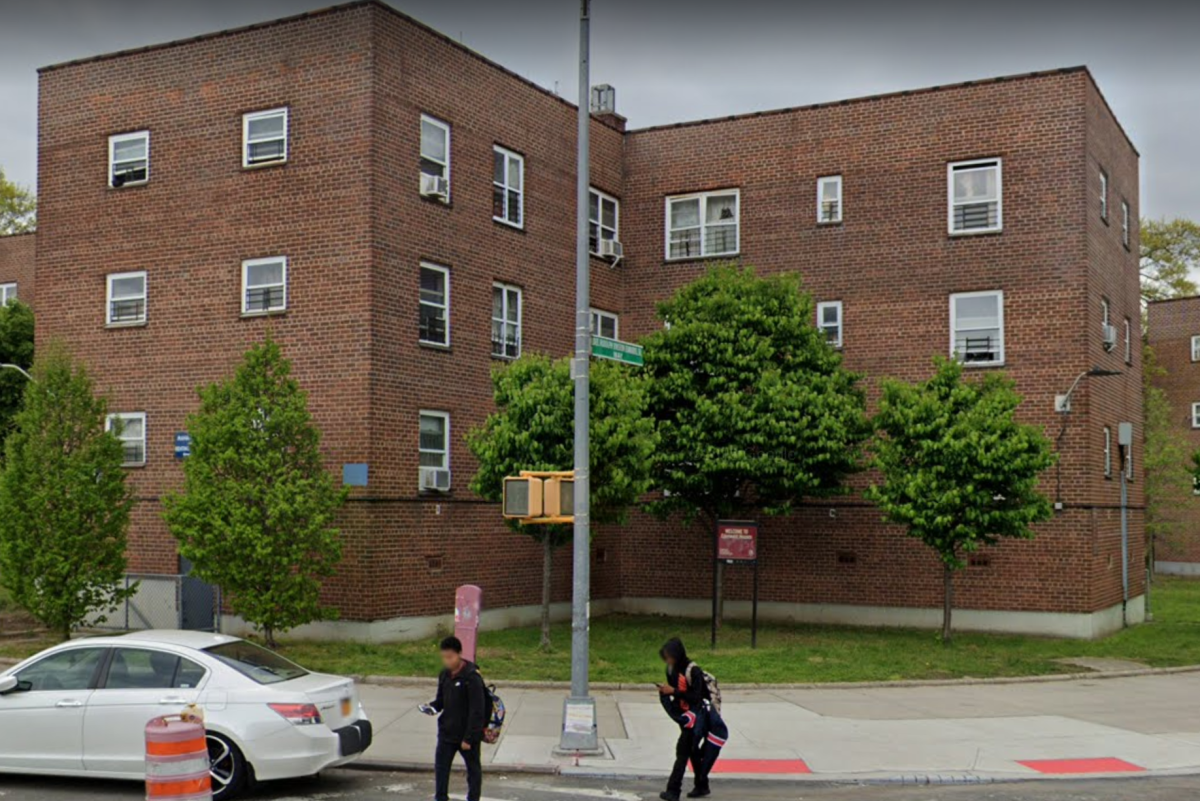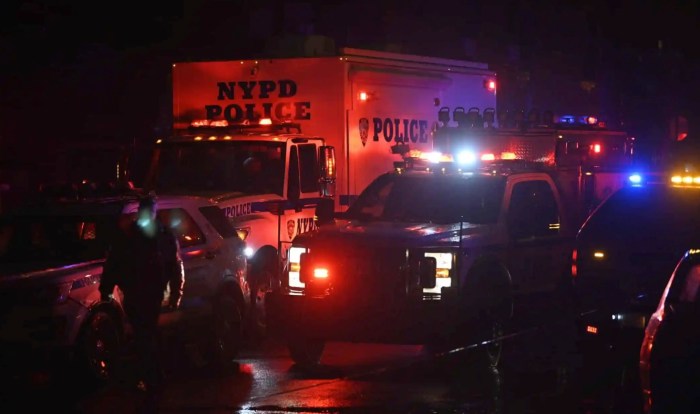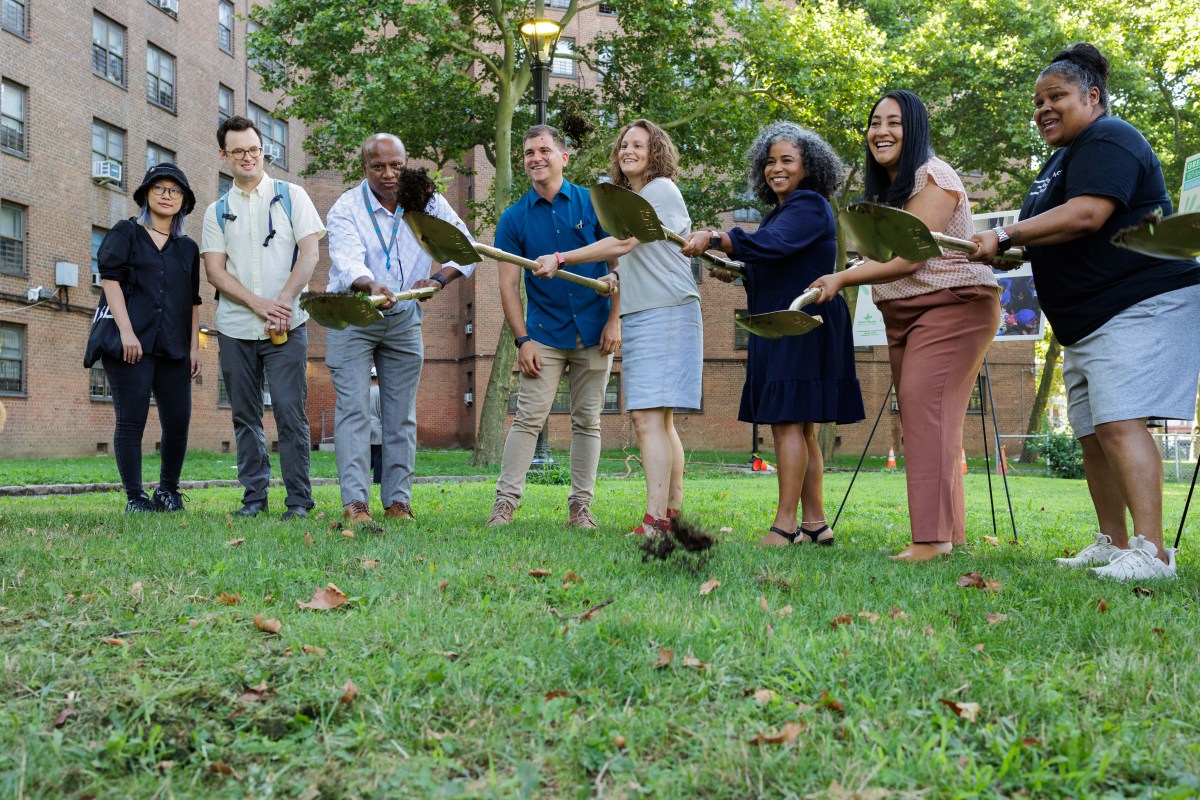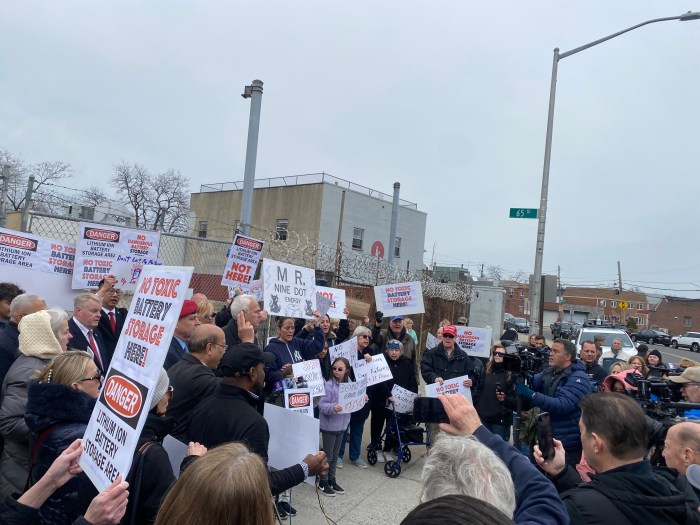The Legal Aid Society says nearly 32,000 mildew complaints were filed by NYCHA residents in a nine-month period last year — and it took the authority an average of 13 days to remove the filth.
Based on data gathered through a Freedom of Information Law (FOIL) response, the society released a report on Jan. 28 indicating that approximately 31,837 work orders were filed between Jan. 1 and Sept. 4, 2019 to address mildew conditions within NYCHA dwellings.
The report came a day after NYCHA touted progress in removing mold from its developments. The agency stated its “Mold Busters” program has reduced monthly mold complaints from 2,651 in September 2019 to 1,414 so far in January, the Daily News reported. There were reportedly more than 50,000 mold complaints filed to NYCHA in all of 2019.
“Working with the plaintiffs in the Baez case, the Special Master, the Independent Mold Analyst and industry experts, the Federal Monitor and State and City leaders, NYCHA has made a $50 million capital investment and has begun the work to implement an unprecedented mold prevention and remediation program throughout its portfolio,” according to a NYCHA spokesperson. “Since rolling out Mold Busters in September, there has been a reduction by more than 1,000 work orders. We agree with Legal Aid that we need more resources, but we are making progress and will continue to do the work needed to ensure we are following the law.”
According to the Legal Aid Society, the most mildew complaints, in the dataset it obtained, came from Bronx’s Edenwald Houses, where 973 work orders were registered. Four Bronx NYCHA facilities made the top 10 list of mildew complaints; the others were the Castle Hill Houses (517), Justice Sonya Sotomayor Houses (443) and Pelham Parkway Houses (386).
On average, it took NYCHA staff about 13 days following each complaint to complete mildew remediation, the Legal Aid Society noted.
“This data sheds more light on the myriad issues NYCHA residents battle each and every day,” said Judith Goldiner, attorney-in-charge of the Legal Aid Society’s Civil Law Reform Unit. “From roach infestations, to mildew complaints and frequent heat and hot water outages, it is truly shameful what these residents — who pay rent — put up with.”
Mildew typically develops in areas of the home with high moisture levels, such as bathrooms. Aside from being unsightly, prolonged exposure to mildew may exacerbate respiratory conditions among individuals with asthma or mold/mildew allergies, according to the U.S. Centers for Disease Control.
Goldiner said the Legal Aid Society wants the city, state and federal government to pay up for major NYCHA improvements that address all of the common problems tenants face every day.
The Housing Justice for All campaign noted that the organization is seeking additional funding commitments of $1 billion and $2 billion from the city and state governments, respectively. They’re also asking the federal government to pay the $32 billion it owes NYCHA.
The other NYCHA developments in the top 10 for mildew complaints, according to the Legal Aid Society report, are Brooklyn’s Bay View (587) and Linden (396) Houses; Manhattan’s Polo Grounds Towers (482), Grant Houses (393) and Wagner Houses (389); and Queens’ Pomonok Houses (370).



































